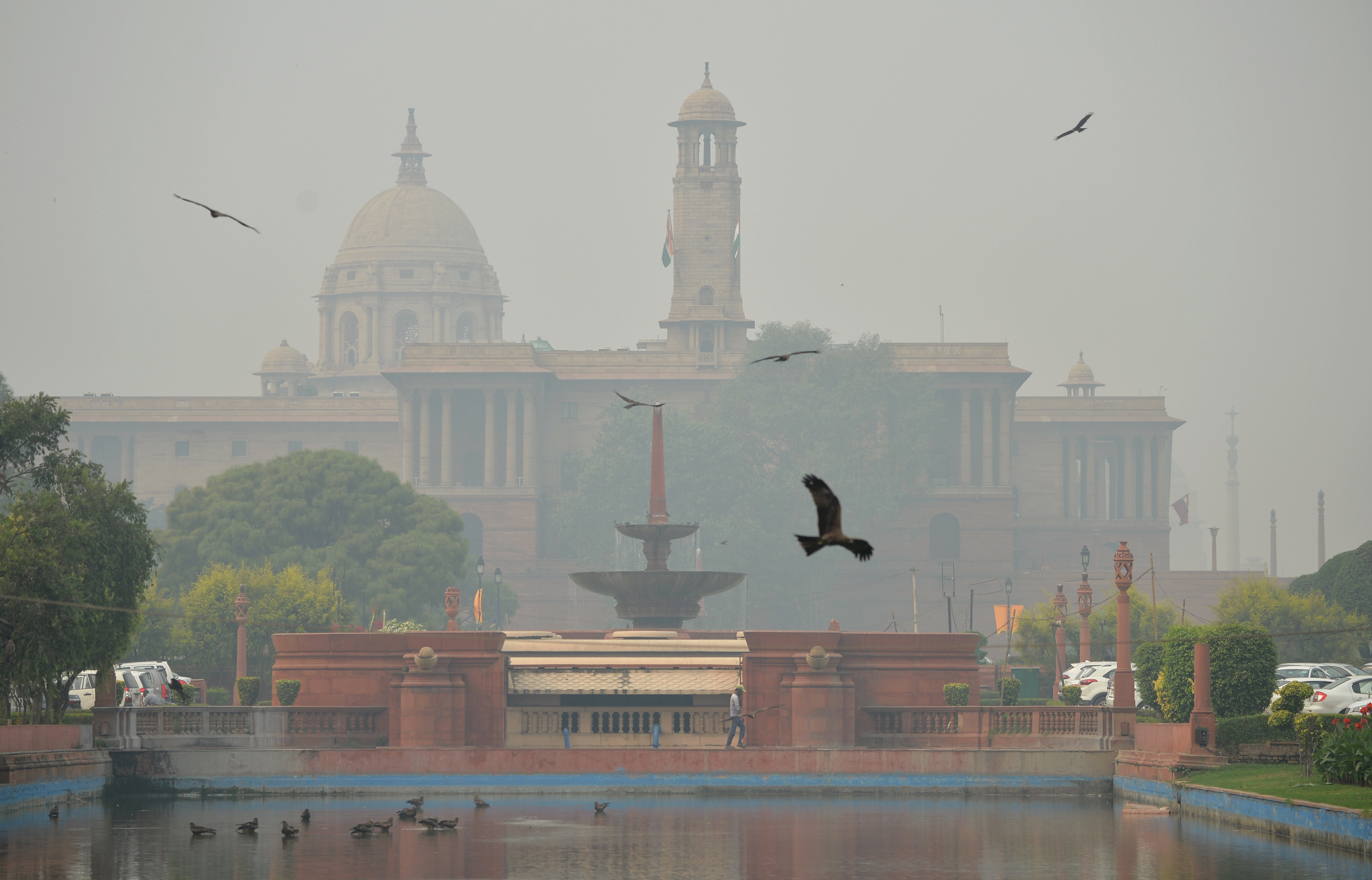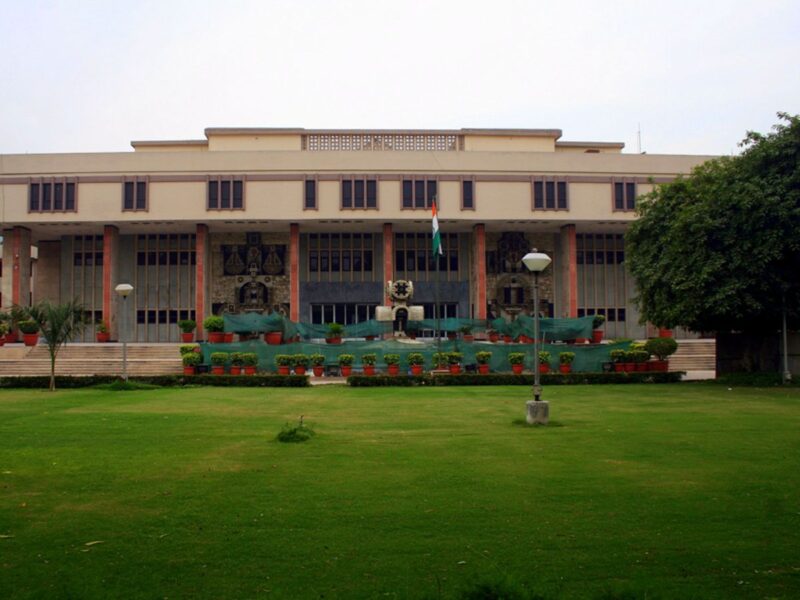Delhi’s air quality saw an overnight improvement owing to increased wind speed and a shift in wind direction, though it remains categorised as “very poor,” according to monitoring agencies.
The city’s Air Quality Index (AQI) registered at 339 at 9 am, showing an improvement from 405 at 4 pm on Friday. The 24-hour average AQI, typically recorded at 4 pm each day, stood at 419 on Thursday, 401 on Wednesday, 397 on Tuesday, 358 on Monday, 218 on Sunday, 220 on Saturday, and 279 on Friday.
The relatively better air quality observed last weekend was attributed to rain. However, pollution levels escalated in the following days due to extensive firecracker bursting during Diwali night and a resurgence in stubble burning in neighboring states.
These factors were compounded by unfavorable meteorological conditions, primarily characterised by calm winds and low temperatures, which hindered the dispersion of pollutants.
Neighbouring areas like Ghaziabad (274), Gurugram (346), Greater Noida (258), Noida (285), and Faridabad (328) also reported “very poor” to “severe” air quality levels.
An AQI between zero and 50 is considered “good,” 51 and 100 “satisfactory,” 101 and 200 “moderate,” 201 and 300 “poor,” 301 and 400 “very poor,” 401 and 450 “severe,” and above 450 “severe plus.”
Recent findings from a joint project by the Delhi government and the Indian Institute of Technology (IIT), Kanpur, indicated that vehicular emissions accounted for approximately 45 percent of the capital’s air pollution on Friday, expected to decrease to 38 percent on Saturday.
Secondary inorganic aerosols—particles like sulfate and nitrate formed in the atmosphere due to the interaction of gases and particulate pollutants from sources like power plants, refineries, and vehicles—contributed significantly to Delhi’s polluted air, accounting for 19 to 36 percent of the city’s air pollution in recent days.
An official at the India Meteorological Department (IMD) mentioned that an improvement in wind speed starting from November 21 might help lower air pollution levels.
Despite the city government implementing stringent measures, such as a ban on construction work and the entry of diesel-guzzling trucks into the national capital, Delhi’s air quality declined over the past few days.
IQAir, a Swiss company specialising in air-quality monitoring, ranked Delhi as the second-most polluted city globally on Saturday, following Baghdad.
The Commission for Air Quality Management (CAQM) previously announced that strict measures outlined in the Graded Response Action Plan (GRAP), including bans on construction work and the entry of polluting trucks into the national capital, would continue until further notice.
To ensure the rigorous implementation of measures outlined in the GRAP, the Delhi government established a six-member special task force (STF) on Thursday. The STF, headed by Delhi’s special secretary (environment), comprises senior officials from departments of transport, traffic, revenue, Municipal Corporation of Delhi (MCD), and Public Works Department (PWD).(With inputs from PTI)





